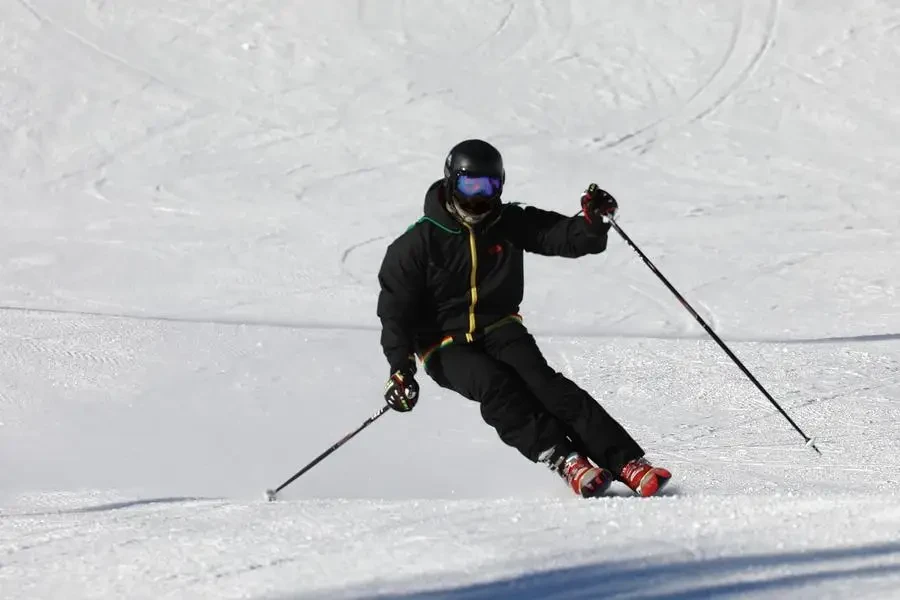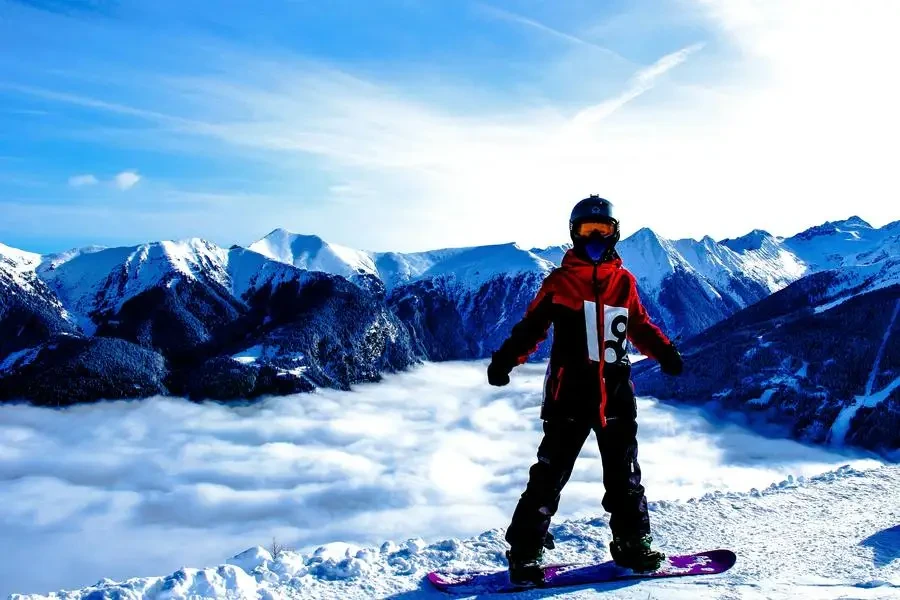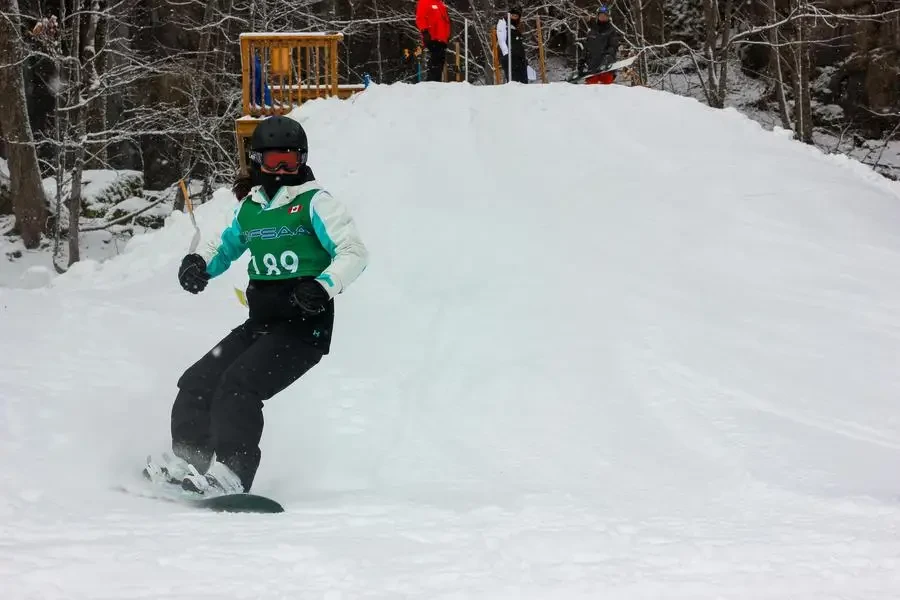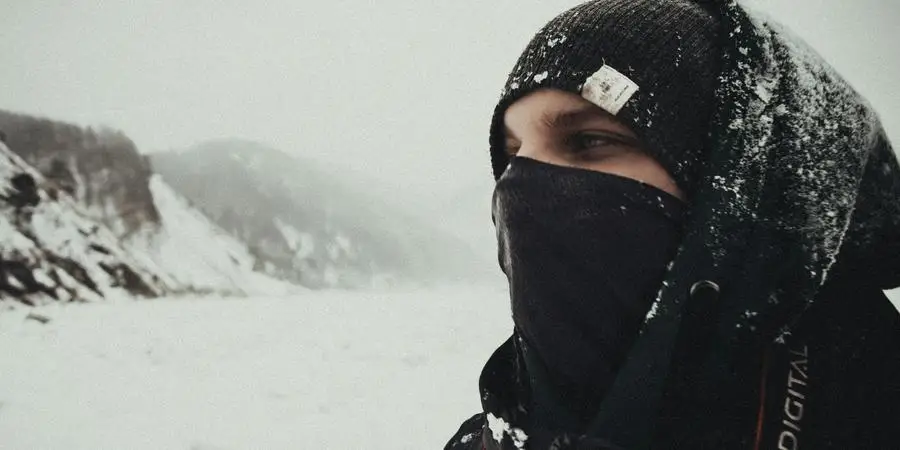Ski masks have become an essential accessory for winter sports enthusiasts and outdoor adventurers. With the increasing popularity of skiing, snowboarding, and other winter activities, the demand for high-quality ski masks has surged. This article delves into the market overview, highlighting the growing demand, key players, and regional trends shaping the ski mask industry.
Table of Contents:
Market Overview
Innovative Materials and Textures
Design and Functionality
Comfort and Safety
Market Overview

Growing Demand for Ski Masks
The demand for ski masks has been on a steady rise, driven by the increasing popularity of winter sports and outdoor activities. According to a report by Research and Markets, the global market for ski masks is expected to grow significantly in the coming years. The report highlights that the market size for masks, including ski masks, has grown from $14.49 billion in 2023 to $15.6 billion in 2024, at a compound annual growth rate (CAGR) of 7.6%. This growth can be attributed to several factors, including the impact of the COVID-19 pandemic, which has heightened awareness of the importance of protective gear.
The surge in winter sports participation, coupled with the growing trend of outdoor recreational activities, has further fueled the demand for ski masks. As more people seek to enjoy the great outdoors, the need for high-quality, durable, and comfortable ski masks has become paramount. Additionally, advancements in technology and materials have led to the development of ski masks that offer enhanced protection, breathability, and comfort, making them a must-have accessory for winter sports enthusiasts.
Key Players in the Ski Mask Industry
The ski mask industry is highly competitive, with several key players dominating the market. Some of the leading companies in the industry include Honeywell International Inc., 3M Company, and Kimberly-Clark Corporation. These companies have established themselves as market leaders by consistently delivering high-quality products that meet the evolving needs of consumers.
Honeywell International Inc. is renowned for its innovative ski mask designs that incorporate advanced materials and technologies to provide superior protection and comfort. The company’s commitment to research and development has enabled it to stay ahead of the competition and maintain its position as a market leader.
3M Company is another major player in the ski mask industry, known for its extensive range of protective gear, including ski masks. The company’s products are widely recognized for their durability, performance, and reliability, making them a popular choice among winter sports enthusiasts.
Kimberly-Clark Corporation has also made significant strides in the ski mask market, offering a diverse range of products that cater to different consumer needs. The company’s focus on sustainability and eco-friendly materials has resonated with environmentally conscious consumers, further boosting its market presence.
Regional Market Trends
The ski mask market exhibits distinct regional trends, with North America and Europe leading the way in terms of demand and market share. According to Research and Markets, North America was the largest region in the ski mask market in 2023, followed closely by Asia-Pacific. The growing popularity of winter sports in these regions, coupled with the presence of well-established ski resorts and facilities, has contributed to the high demand for ski masks.
In North America, the United States and Canada are the primary markets for ski masks, driven by the increasing number of winter sports enthusiasts and the growing awareness of the importance of protective gear. The region’s harsh winter conditions and the prevalence of outdoor recreational activities have further fueled the demand for high-quality ski masks.
In Europe, countries such as Germany, France, and Switzerland are key markets for ski masks, owing to their well-developed winter sports infrastructure and the popularity of skiing and snowboarding. The region’s strong emphasis on safety and protection has also contributed to the growing demand for ski masks.
Asia-Pacific is emerging as a significant market for ski masks, with countries like China, Japan, and South Korea witnessing a surge in winter sports participation. The region’s growing middle-class population, increasing disposable incomes, and rising interest in outdoor activities are driving the demand for ski masks.
Innovative Materials and Textures

High-Performance Fabrics
In the world of ski masks, the use of high-performance fabrics is revolutionizing the industry. These fabrics are designed to provide maximum protection against the elements while ensuring comfort and durability. Ski masks are now being made with advanced materials such as Gore-Tex, which offers excellent waterproofing and breathability. These high-performance fabrics are essential for skiers who need reliable gear that can withstand harsh weather conditions and rigorous use.
Breathable and Moisture-Wicking Textures
Breathability and moisture-wicking capabilities are critical features in modern ski masks. These textures help regulate temperature and keep the skin dry, which is crucial for maintaining comfort during long hours on the slopes. Breathable fabrics like merino wool and synthetic blends are used to wick away moisture and allow for airflow. This ensures that skiers remain comfortable and dry, even during intense physical activity.
Eco-Friendly and Sustainable Options
As environmental concerns become more prominent, the demand for eco-friendly and sustainable ski masks is on the rise. Manufacturers are now focusing on using recycled materials and sustainable production methods to reduce their environmental impact. Brands are incorporating recycled polyester and organic cotton into their designs, offering environmentally conscious consumers more sustainable options without compromising on performance or style.
Design and Functionality

Ergonomic and Stylish Designs
The design of ski masks has evolved significantly, with a focus on both ergonomics and style. Ergonomic designs ensure that the masks fit comfortably and securely, providing optimal protection without restricting movement. The report on ski helmets emphasizes the importance of a good fit and comfort, which is also crucial for ski masks. Modern designs feature contoured shapes and adjustable straps to accommodate different face shapes and sizes. Additionally, stylish designs with vibrant colors and patterns are becoming increasingly popular, allowing skiers to express their personal style while staying protected.
Multi-Functional Features
Ski masks are no longer just about covering the face; they now come with a range of multi-functional features that enhance their usability. For instance, some masks include built-in ventilation systems, similar to the adjustable vents found in ski helmets, to improve airflow and prevent fogging. Others have integrated goggles or visors to provide additional eye protection. Features like removable ear pads and compatibility with other gear are also relevant for ski masks. These multi-functional features make ski masks more versatile and convenient for skiers.
Customization and Personalization
Customization and personalization are becoming key trends in the ski mask industry. Skiers can now choose from a variety of options to create a mask that suits their specific needs and preferences. This includes selecting different materials, colors, and features, as well as adding personal touches like custom logos or embroidery. The report on ski helmets mentions the availability of different shell shapes and sizes to ensure a perfect fit, and this level of customization is also being applied to ski masks. Personalized ski masks not only enhance comfort and performance but also allow skiers to stand out on the slopes.
Comfort and Safety

Ensuring Maximum Comfort
Comfort is a top priority for skiers, and modern ski masks are designed with this in mind. The use of soft, flexible materials and ergonomic designs ensures that the masks fit comfortably and do not cause irritation. Features like adjustable straps, cushioned linings, and seamless construction help to enhance comfort and prevent chafing. Ensuring maximum comfort allows skiers to focus on their performance without being distracted by uncomfortable gear.
Safety Features for Extreme Conditions
Safety is paramount when it comes to skiing, especially in extreme conditions. Ski masks are now equipped with various safety features to protect skiers from the elements and potential hazards. The report on ski helmets highlights the use of advanced safety technologies like MIPS (Multi-directional Impact Protection System) and Koroyd construction, which are designed to absorb impact and reduce the risk of injury. Similarly, ski masks are incorporating features like reinforced panels, impact-resistant materials, and reflective elements to enhance safety. These features provide skiers with the confidence to tackle challenging terrains and conditions.
Weather Resistance and Durability
Weather resistance and durability are essential qualities for ski masks, as they need to withstand harsh conditions and frequent use. High-quality materials like Gore-Tex and reinforced stitching ensure that the masks are waterproof, windproof, and resistant to wear and tear. Additionally, features like sealed seams and weatherproof coatings provide extra protection against the elements. Durable and weather-resistant ski masks are a worthwhile investment for any serious skier.
Conclusion
The ski mask industry is continuously evolving, with innovative materials, advanced designs, and enhanced safety features leading the way. Ergonomic and stylish designs, multi-functional features, and customization options are making ski masks more versatile and appealing. Ensuring maximum comfort, incorporating safety features for extreme conditions, and prioritizing weather resistance and durability are essential for modern ski masks. As technology and materials continue to advance, the future of ski masks looks promising, offering skiers even more options to stay protected and comfortable on the slopes.




